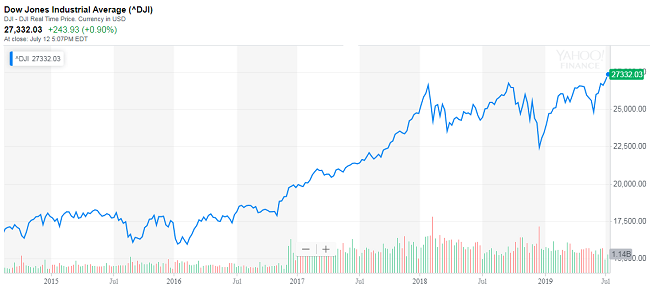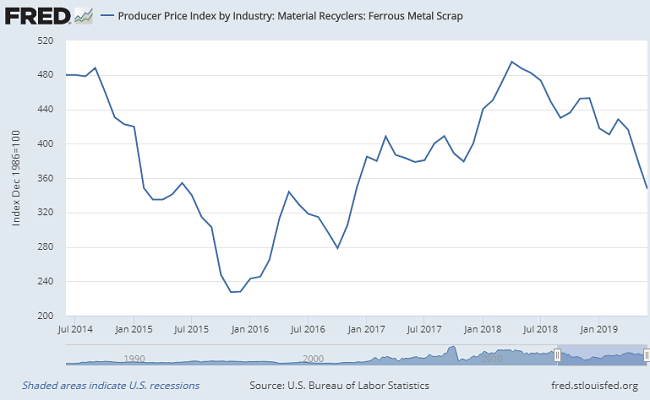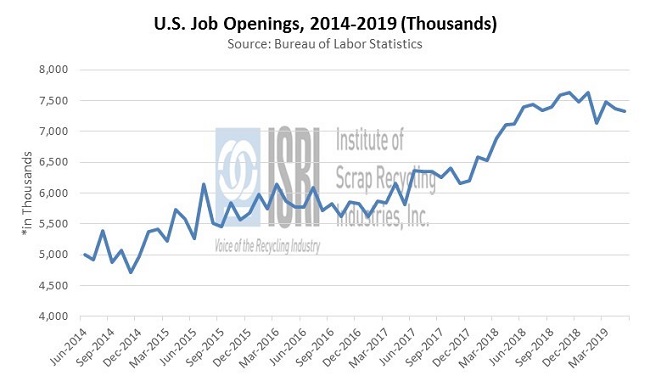As expected, monetary policy was squarely in focus last week as expectations for new stimulus measures were generally confirmed. The European Central Bank released the minutes of its last meeting and, as the Wall Street Journal reported,
“European Central Bank officials signaled at their June policy meeting that they will consider injecting fresh stimulus into the eurozone economy through interest-rate cuts or the relaunch of a €2.6 trillion ($2.9 trillion) bond-buying program, amid deep concerns over slowing global growth and trade disputes.”
Here in the U.S., Fed Chairman Powell testified before the House Financial Services Committee on Wednesday and the Senate Banking Committee on Thursday. As reported by the Financial Times, “Jay Powell, chairman of the Federal Reserve, has cemented the case for the U.S. central bank to cut interest rates based on mounting risks to the US economic outlook, in dovish testimony to Congress that fueled expectations for a rate cut this month. Despite a strong jobs report for the month of June and last month’s new truce in the trade war between the U.S. and China, Mr. Powell said ‘uncertainties about the outlook have increased in recent months’, particularly internationally. ‘Economic momentum appears to have slowed in some major foreign economies, and that weakness could affect the U.S. economy. Moreover, a number of government policy issues have yet to be resolved, including trade developments, the federal debt ceiling, and Brexit. And there is a risk that weak inflation will be even more persistent than we currently anticipate,’ Mr. Powell said in prepared remarks.”
Not surprisingly, investors cheered the monetary policy statements, pushing the Dow Jones Industrial Average to all-time highs above 27,300.

Of note, core (excluding food and energy) consumer and producer price indexes in the United States in June were up 0.3% month-on-month, and as Briefing.com reports, “The key takeaway from the {PPI} report is that the Producer Price Index for June, like the Consumer Price Index for June, didn't exactly support the case for a 50-basis points cut in July. Some might argue, too, that it didn't event support the case for a 25-basis points cut in July, yet that's almost a moot (and mute) argument given the subtext of Mr. Powell's remarks in his semiannual monetary policy testimony.” Here's the trend in the producer price series for ferrous scrap over the last five years, which, suffice it to say, has been less than stellar recently:

Last but not least, the Job Openings and Labor Turnover Survey came out with a lower than expected level of job openings for May at 7.32 million. April was also revised lower to 7.37 million but hires were revised higher to 5.99 million. While still better than this time last year, the spread between openings and hires in May grew to 1.6 million from 1.38 million in April.
